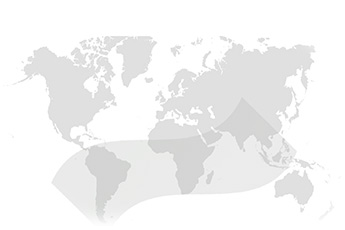ROER4D project activity toolkit: Budget and total costs

The economic context of recent years, marked by the economic crisis and the reduction of investment budgets of larger or smaller companies, has led to an increase in the financial rigor of state or private companies. On the other hand, the development of solutions for financing small and medium companies like ROER4D through direct lender loans, state guarantees, non-reimbursable funds, or private investment funds has led to the assumption of the same rigor at a declining level of business, the financial instruments of analysis and forecasting being used more and more frequently. Here's how to put one together for use with ROER4D.
The income and expenditure budget is a financial instrument prepared at the level of the entire activity of a company, at the level of a project that the company wants to implement, or at the level of the main activities carried out in the company.
The purpose of drawing up a revenue and expenditure budget is to estimate, as accurately as possible, the evolution of revenue and expenditure over a given time horizon, which is usually one year. The preparation of an income and expenditure budget involves several five steps, which are detailed below.
1. Knowledge of the company (ROER4D)
Knowing the business and its economic impact in detail is undoubtedly an essential step in drawing up an income and expenditure budget. This financial instrument can be influenced by a multitude of factors, such as:
- the general conjuncture of the environment;
- opportunities and threats from the external environment of society;
- the weaknesses and strengths of the organization;
- the company's medium and long-term objectives;
- the level of investments that the company intends to make in the next period.
The investments pursued by the company to achieve the medium and long term objectives can generate significant structural changes at the level of the organization:
- change in production capacity;
- development of new economic activities;
- opening new work points;
- creating new jobs;
- purchase of machinery and equipment.
Therefore, the team for drawing up the revenue and expenditure budget must include people who know the specifics of the activity and the company’s development plans. It is advisable to make a business plan to analyze legal, commercial, operational or personnel aspects.
2. Estimating income
The next step, after understanding the company's activity, will be to estimate the income that the company will obtain in the future:
- revenues from operating activity;
- income from financial activity;
- income from the external action.
3. Estimation of costs
The substantiation of the revenue and expenditure budget will be done by estimating the cost of resources needed to carry out the company's activity or to make the planned investments. Estimating expenses can be done by listing the categories of costs that the company will record in its activity:
- raw materials and consumables;
- utilities;
- other services provided by third parties: repairs, maintenance, rentals, advertising, mail and telecommunications, banking, etc .;
- human resources and social contributions;
- depreciation of fixed assets;
- taxes and fees.
Estimating these expenses must be done with a high degree of accuracy to avoid significant financial corrections. For example, if the ROER4D community obtains, for its activity, the necessary financial resources from an external source (direct lender loan, non-reimbursable funds, etc.), it would be tough to supplement them if during the year resource consumption proves to be undervalued.
4. Making a matrix
Once the revenues and expenses that the company will obtain in the future have been estimated, a matrix will be created through which this financial information will be easy to centralize, track and interpret.
Thus, the budget of revenues and expenditures is drawn up by filling in lines of the categories of revenues and spending forecasted and in columns of the analyzed periods. Subsequently, the estimated values will be filled in, and these will be permanently compared with those achieved by the company.
5. Monitoring the degree of fulfillment of estimated revenues and expenditures
Obtaining a higher than estimated income will generate a financial surplus, and not realizing the planned income will create a deficit in financing the necessary resources. To the same extent, the estimated costs will be compared with those incurred. Surplus revenues could cover, if necessary, any overruns.
The preparation of the budget of revenues and expenditures of an enterprise will contribute to an extensive team of specialists who must have a shared vision on the development of the business in the analyzed time.


